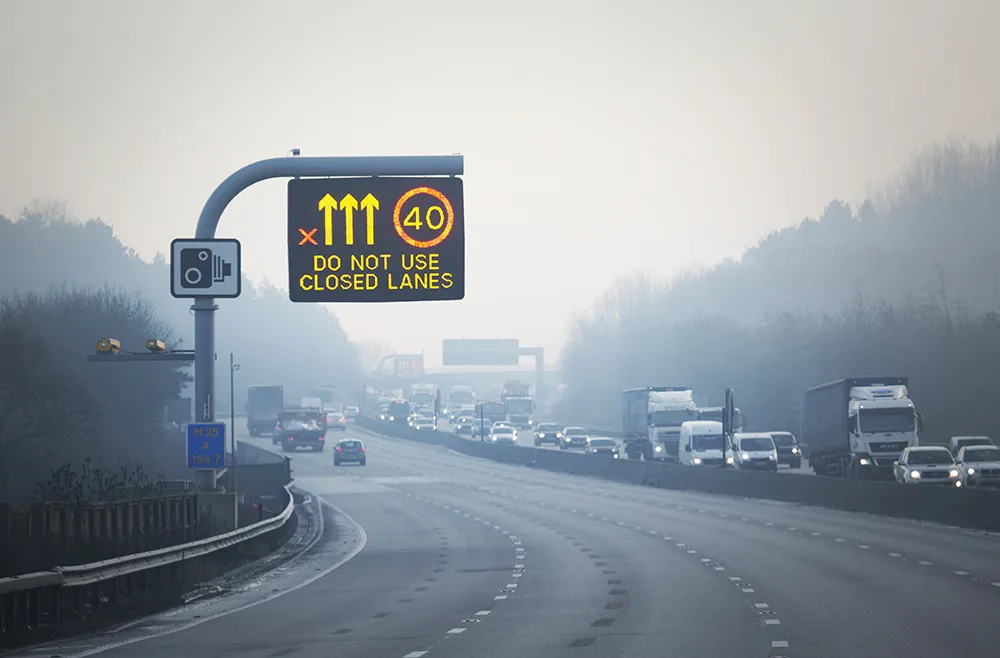The second edition of the Institution of Engineering & Technology's Local Authority Guide to Emerging Transport Technology has been launched in association with ITS (UK).
The updated guide is targeted at local government officers, elected members and their consultants and aims to explain how technology can aid delivery of a range of policy objectives, from reducing emissions to assisting smooth traffic flows.
It also features a variety of case studies, demonstrating how innovative technologies are alr
February 27, 2017
Read time: 2 mins
The second edition of the Institution of Engineering & Technology's Local Authority Guide to Emerging Transport Technology has been launched in association with ITS (UK).
The updated guide is targeted at local government officers, elected members and their consultants and aims to explain how technology can aid delivery of a range of policy objectives, from reducing emissions to assisting smooth traffic flows.
It also features a variety of case studies, demonstrating how innovative technologies are already being used to improve local transport services around the country.
According to IET president Jeremy Watson, the report aims to help local authorities do more for less, by exploring new procurement models and encouraging local authorities to specify technology in a more informed way.
Also contributing his comments to the guide, ITS (UK) president Steven Norris says there is no doubt that emerging transport technologies have the potential to provide local transport authorities with important tools to deliver their policy objectives.
The updated guide is targeted at local government officers, elected members and their consultants and aims to explain how technology can aid delivery of a range of policy objectives, from reducing emissions to assisting smooth traffic flows.
It also features a variety of case studies, demonstrating how innovative technologies are already being used to improve local transport services around the country.
According to IET president Jeremy Watson, the report aims to help local authorities do more for less, by exploring new procurement models and encouraging local authorities to specify technology in a more informed way.
Also contributing his comments to the guide, ITS (UK) president Steven Norris says there is no doubt that emerging transport technologies have the potential to provide local transport authorities with important tools to deliver their policy objectives.









